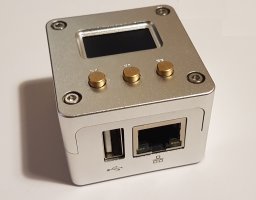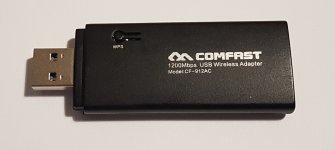About

The WLAN Pi project started in 2016 at WLPC. The goal was to create a portable, ready-to-use device that could function as a network endpoint for measuring network performance and throughput.
Since then, it has been widely embraced in the awesome wireless community and after many contributions, this tiny box has evolved well beyond a network performance testing device.
Today, it can also be used as a remote Wi-Fi scanner, packet capture tool, portable Wi-Fi signal generator and much more! These capabilities assist wireless professionals with designing better wireless networks, troubleshooting issues more quickly, and validating wireless network performance.
Hardware
There are two main component parts to the WLAN Pi: a NEO2 hardware platform and a wireless adapter. Other useful assessories are available, but these are the two must-have components to get yourself up and running with a WLAN Pi. See our Getting Started page to find out how you can get your own WLAN Pi setup.
NEO2

Specs:
- CPU: Allwinner H5, Quad-core 64-bit high-performance Cortex A53
- DDR3 RAM: 1GB
- Storage: microSD (16 GB card included), can be expanded up to 128GB
More info: http://wiki.friendlyarm.com/wiki/index.php/NanoPi_NEO2
Wi-Fi Adapter

Specs: Dual-band, 2x2:2, 802.11ac